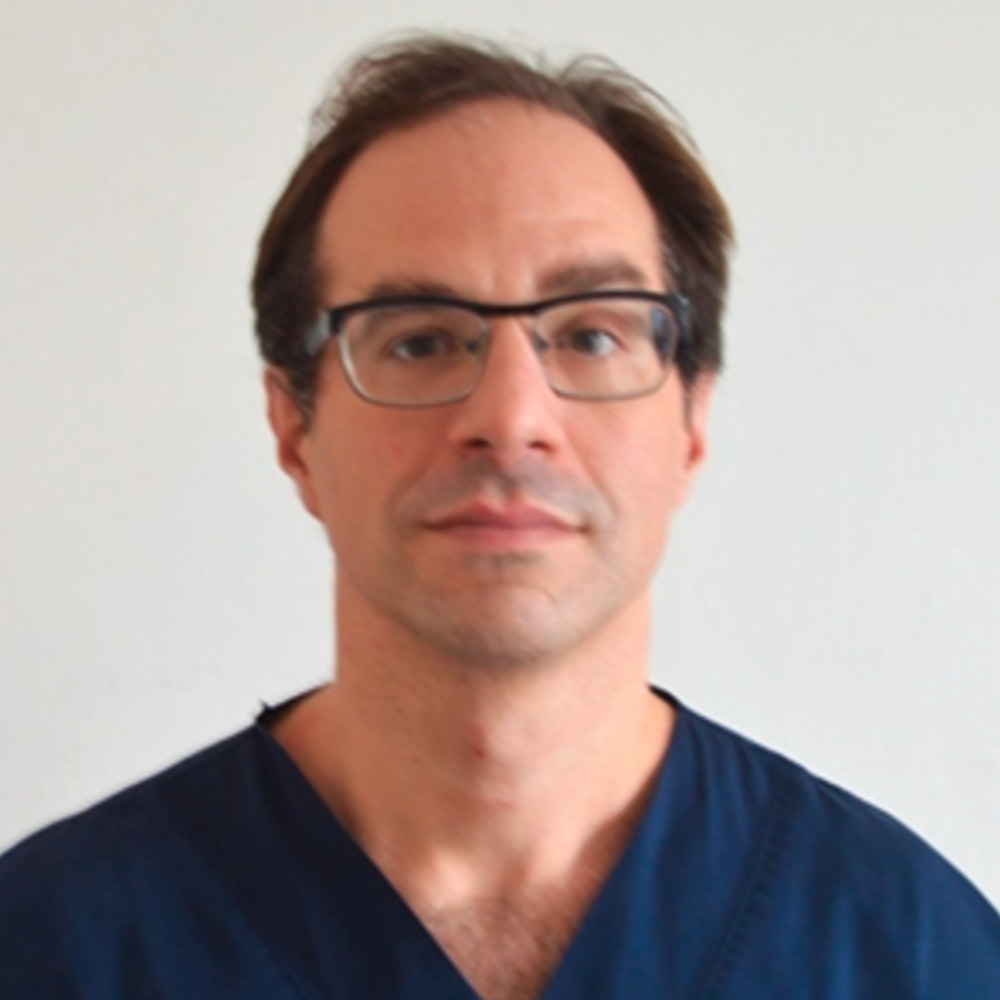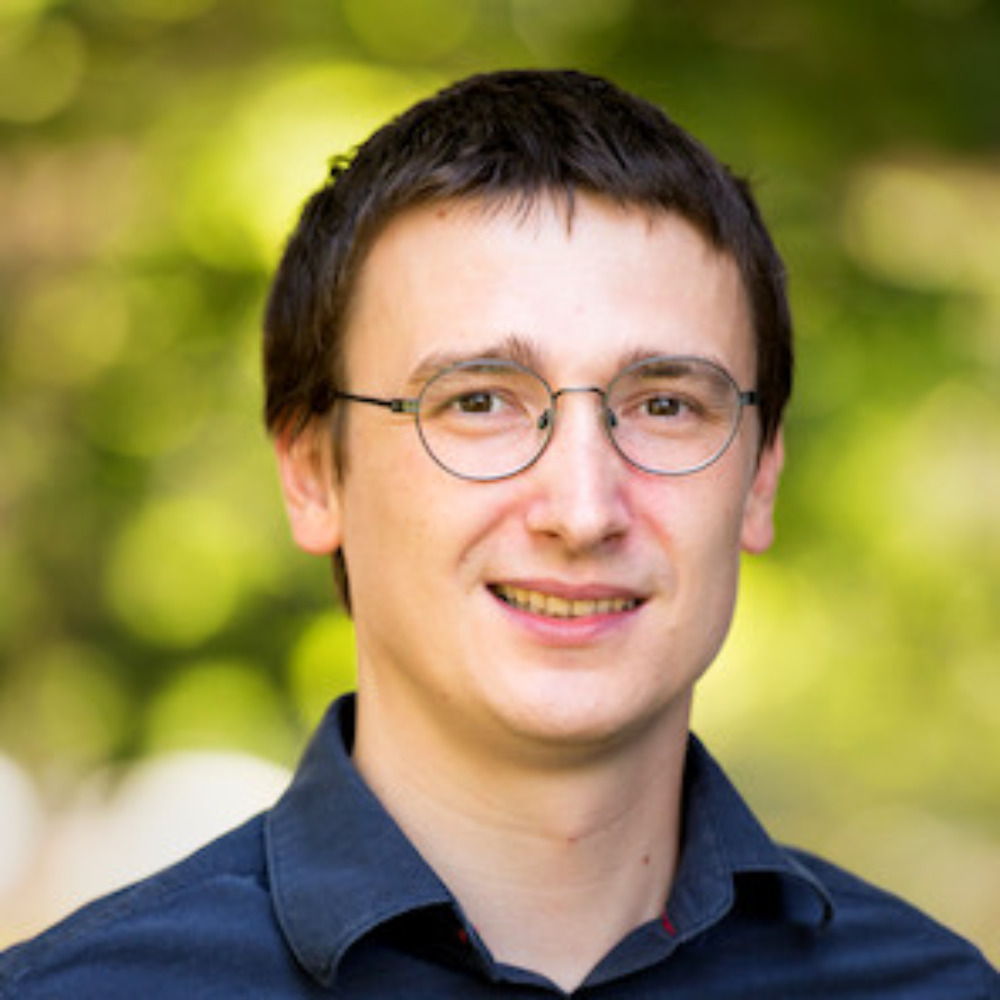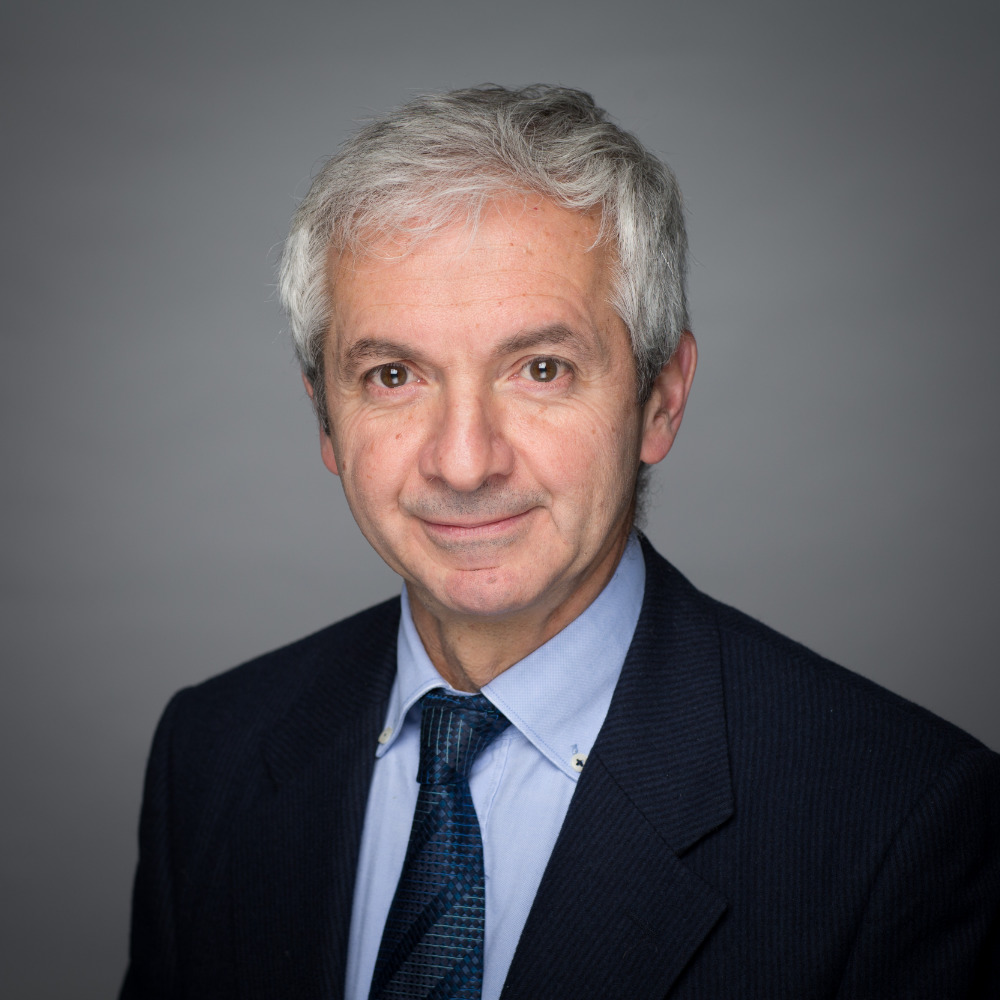
WELCOME TO
ESMAC 2023 ATHENS
18 – 23 September 2023 Athens, Greece
KEYNOTE SPEAKERS
George Georgoulis
George Georgoulis is certified Neurosurgeon working at the General Hospital of Athens “G.Gennimatas”, Department of Neurosurgery. He joined a fellowship program for Neurosurgery of Spasticity directed by Professor Sindou at Hôpital Neurologique “Pierre Wertheimer” Lyon, University of Lyon 1. He participates on the multidisciplinary team for Cerebral Palsy Children at the University of Athens. He is invited lecturer in several (pediatric) meetings, in particular the European Society of Pediatric Neurosurgery. His publications are cited in prestigious neurosurgical and neurological journals. Among general neurosurgery his topics of interest are microsurgery for spasticity, intraventricular neuroendoscopy and intacranial meningiomas.
View short abstract
Physiology of Spasticity in Cerebral Palsy – Role of Keyhole Interlaminar Dorsal Rhizotomy
The mechanism underlying hypertonia in children with cerebral palsy encompasses both a neural component associated with spasticity (velocity-dependent) and a biomechanical component connected to alterations in soft tissues. Discerning between these components, though clinically challenging, holds paramount significance, given that effective treatment relies on distinguishing the former for anti-spastic interventions and the latter for physiotherapy. Additionally, spasticity often coexists with dystonia, a prolonged hypertonic state provoked by voluntary movement attempts. It’s crucial to differentiate between spasticity and dystonia as dorsal rhizotomy primarily impacts the spastic component and has limited influence on dystonia. Spasticity, inherently resistant to muscle stretching and elongation, precipitates two significant consequences. Firstly, muscles tend to remain in shortened positions, subsequently leading to soft tissue changes and contractures. Secondly, this condition restricts movement. Consequently, the intertwining of hypertonia and restricted mobility establishes a detrimental cycle culminating in pronounced ambulatory impairment characterized by intractable musculotendinous retraction and the development of joint ankylosis and bone deformities. The evolving repercussions of these effects must be meticulously considered during the evaluative phase to inform decision-making for the child’s care plan. Ultimately, the hypotonic effects of lumbosacral dorsal rhizotomy, impacting not only lower limb segments but also extending supra-segmentally via the reticular formation, are explored.
Dorsal rhizotomy stands as the gold standard for addressing spastic diplegia/quadriplegia in children with cerebral palsy, particularly when conventional rehabilitation approaches prove inadequate in managing excessive spasticity. The Keyhole Interlaminar Dorsal Rhizotomy technique has been developed to individually access all L2–S2 roots intradurally at their corresponding dural sheaths while preserving the posterior spinal architecture. Intraoperative neuromonitoring entails stimulating each ventral root to assess myotomal innervation and stimulating dorsal roots to examine reflexive muscular responses, aiding in determining the optimal proportion of rootlets to be excised.
Łukasz Kidzinski
Łukasz is a researcher at Stanford University, working on using artificial intelligence for quantifying health. Previously, he was a director of artificial intelligence at Clario. He joined Clario through the acquisition of his startup Saliency, which was developing software for automating imaging and video workflows in clinical trials. He obtained a Ph.D. from Université Libre de Bruxelles in mathematical statistics.
View short abstract
Artificial Intelligence for Movement Analysis
The global-scale adoption of mobile phones and smartwatches equipped with high-quality sensors opened up unprecedented opportunities for measuring human health and performance. I’ll present our results on using wearables and videos for monitoring health, and our technologies for collecting movement data 100x cheaper than before using a single and multiple smartphones.
Tim Theologis
Tim Theologis is an Associate Professor of Orthopaedic Surgery at Oxford University and an honorary Consultant Orthopaedic Surgeon at Oxford University Hospitals. He looks after children with orthopaedic conditions, including developmental dysplasia of the hip, musculoskeletal tumours, neuromuscular disorders and cerebral palsy. He is involved in the teaching of medical students, the supervision of postgraduate degrees and the training of orthopaedic residents. He has an active academic interest, leading multi-centre clinical research studies in children’s orthopaedics and holding major research grants. He is Emeritus Editor in Chief for Gait and Posture and was President of ESMAC between 2005-2010. He has been a Board member of the British Society for Children’s Orthopaedic Surgery since 2009 and its President between 2018-2020.
View short abstract
Clinical Research in Cerebral Palsy and the Role of Gait Analysis
This lecture will highlight new developments in clinical research to improve the management of children with cerebral palsy.
Firstly, research priorities were agreed upon by all relevant stakeholders in the UK. A set of core outcomes to be measured after interventions were also agreed upon by an international panel, following a pre-agreed protocol. This included a literature review, qualitative research, and a Delphi consensus process. Gait analysis and a range of patient-based and clinical outcomes were included in the core set. This work provided the foundations for wider research collaborations and attracted funding for multi-centre clinical trials.
Long-term strategy, academic support, multi-centre collaborations and adequate funding are essential in undertaking high-quality research.

ESMAC 2023 Secretariat: C-IN, 5. kvetna 65, 140 21 Prague 4, CZE
tel.: +420 296 219 600
Copyright © 2023 c-in.eu | registration@esmac.org



